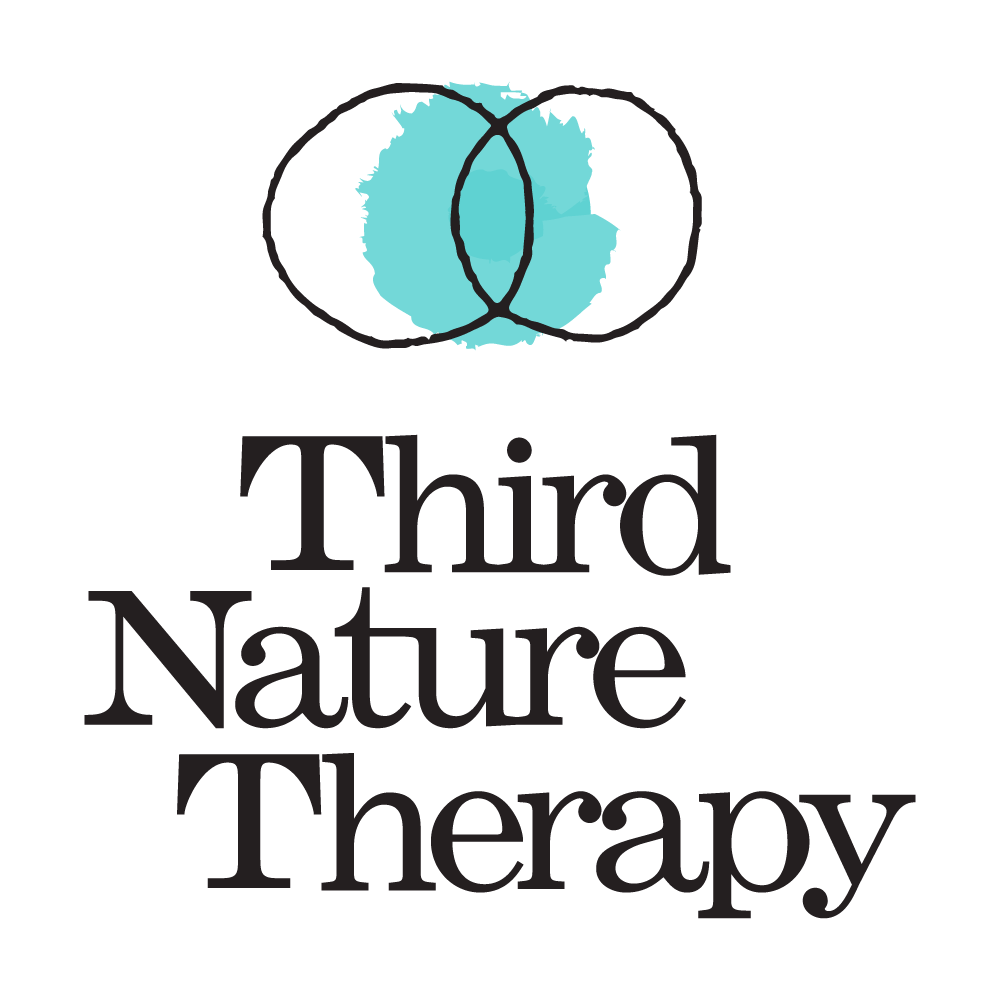How to Create a Squarespace Author Bio
Making your Squarespace blog Unique is great for many reasons. It helps with brand recognition (know, like, and trust, baby!) and improves your website’s SEO.
Unfortunately, Squarespace doesn’t have a straightforward and visually appealing way to add an Author’s bio to your Blog.
Don’t worry, we got you!
In this blog post, we’ll cover how to add an author’s bio to your Squarespace blog that is designed well and makes sense for SEO.
Why you should have an author image on your Squarespace blog
Author bios help the internet (aka Google) recognize and trust you. Having a consistent bio on your blog posts allows search engines to recognize you and enhances your authority on the subject you are writing about.
Blogging on Squarespace is easy to use (and all of our templates come with 100% customizable Squarespace blogs). We love blogging on Squarespace so much that we’ve created a simple template for Squarespace blogs to make a beautiful and consistent author blog section on each of your posts.
Here’s how to create a Squarespace Author Bio that looks just like the image below.
Squarespace website design: Author Blog
Step 01: Write your author bio
Keep your blog bio relatively short (think around 100 words). Make sure to write in the third person as an instant way to boost your credibility and authority. Be sure to add hyperlinks to any of your relevant sites (other websites, LinkedIn, businesses, etc.).
Here’s a simple blog bio template you can use for a therapist or coach:
[Your Name] is a [Role] with [Company]. [Add brand philosophy or values here in a way that speaks to your style]. You can find him/her/Them at [link to website, social, or email].
Then, save this text on another doc that is easy to copy and paste for future reference. We like to store our website copy on Notion.
Step 02: Find your author image for Squarespace
It’s important to find a high-quality author image, something that is consistent across all platforms but also highlights your style.
Make sure you compress the image on something like Image Compressor and then save the image optimized for SEO (e.g., first name-last name-company).
Step 03: Add bio blocks - audio + text + image to your Squarespace blog
Now you’re ready to add the image and texts to your Squarespace blog! If you want to create a blog bio that looks like ours, here’s how:
Open the blog you want to add the bio into and click “edit”
Scroll down to the bottom of the page.
Add the following blocks:
Audio block
Text block
Image block
Watch the video below for step-by-step instructions:
Step 04: Add text and upload your image
Now go back to the blog bio that you already created (with hyperlinks!) and copy and paste it into the text section. Change the text size to monospace on SQUARESPACE FORMATTING.
Next, upload the image to the image block and make sure to add an image caption, alt text, and image link. Keep these handy as well so you don’t have to rewrite them every time you create a new blog bio or blog post.
Watch the video below for step-by-step instructions:
Step 05: Update author image formatting
Move the image block next to the text block for optimal sizing!
Watch the video below for step-by-step instructions:
Step 06: Save and publish!
That’s it! You’re ready to click “done” and publish the blog.
Next Steps
Now, go update your Squarespace blog bios for the other blogs you’ve published. Keep a document handy (on Notion or Google docs) with your bio text, alt text, image description, and image link so you don’t have to gather everything each time you create a new blog.
Once you’ve published, send us your finished product! We’d love to see what you create.
JULIE GOLDBERG is the founder of Third Nature Therapy, a virtual therapy group offering holistic mental health care for people seeking a different perspective on wellbeing. As a co-founder of PREMADE and mental health practitioner herself, she offers straightforward and easy to implement methods for running a successful private practice.


